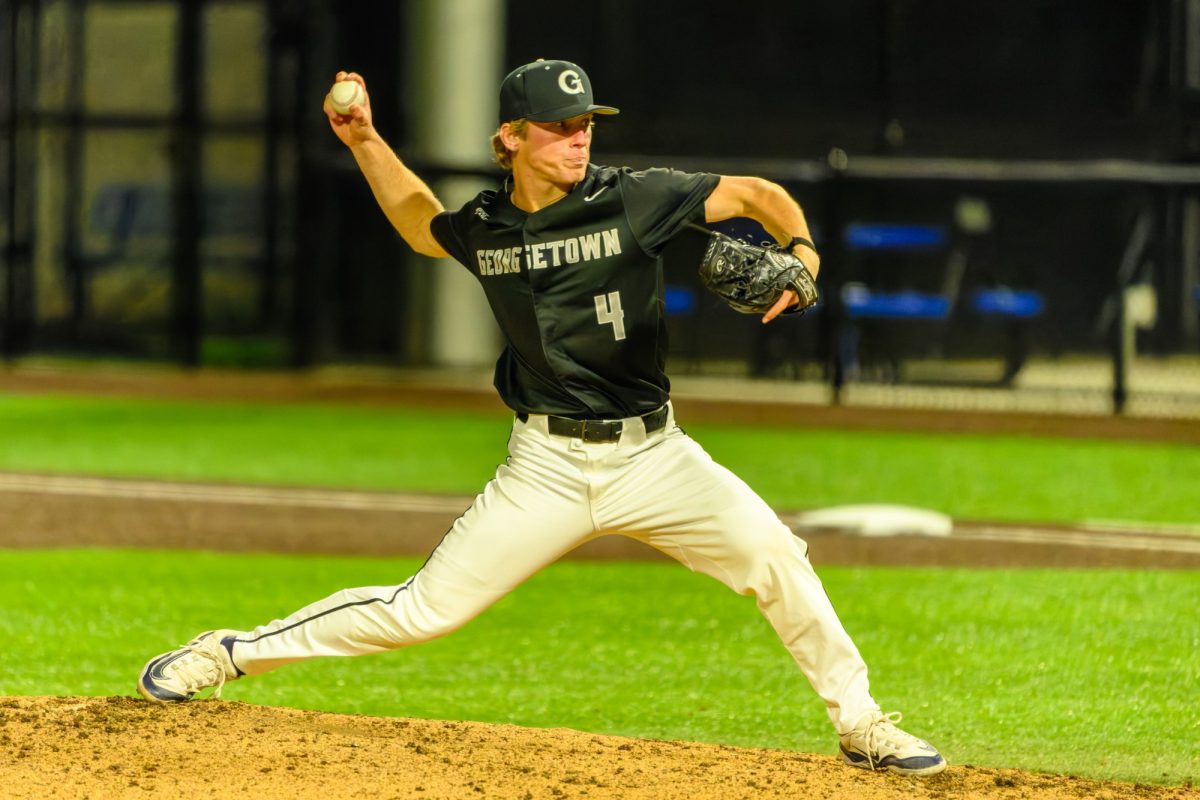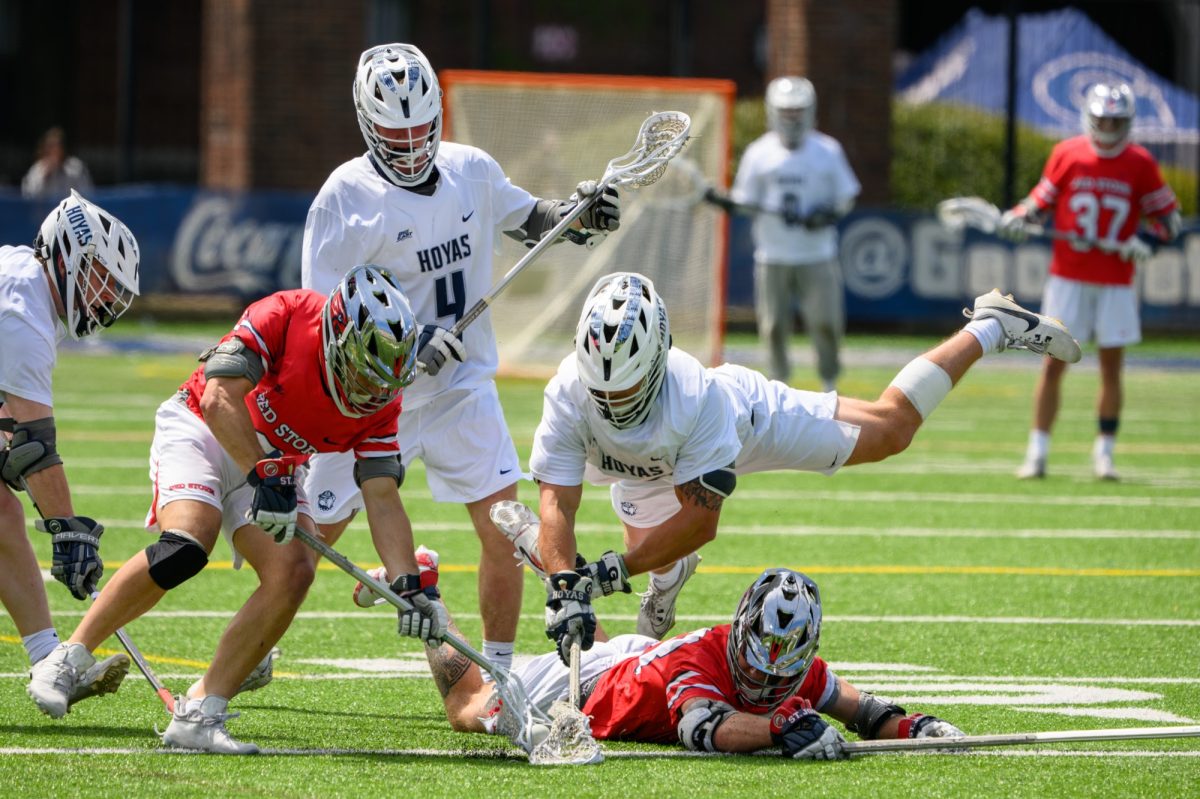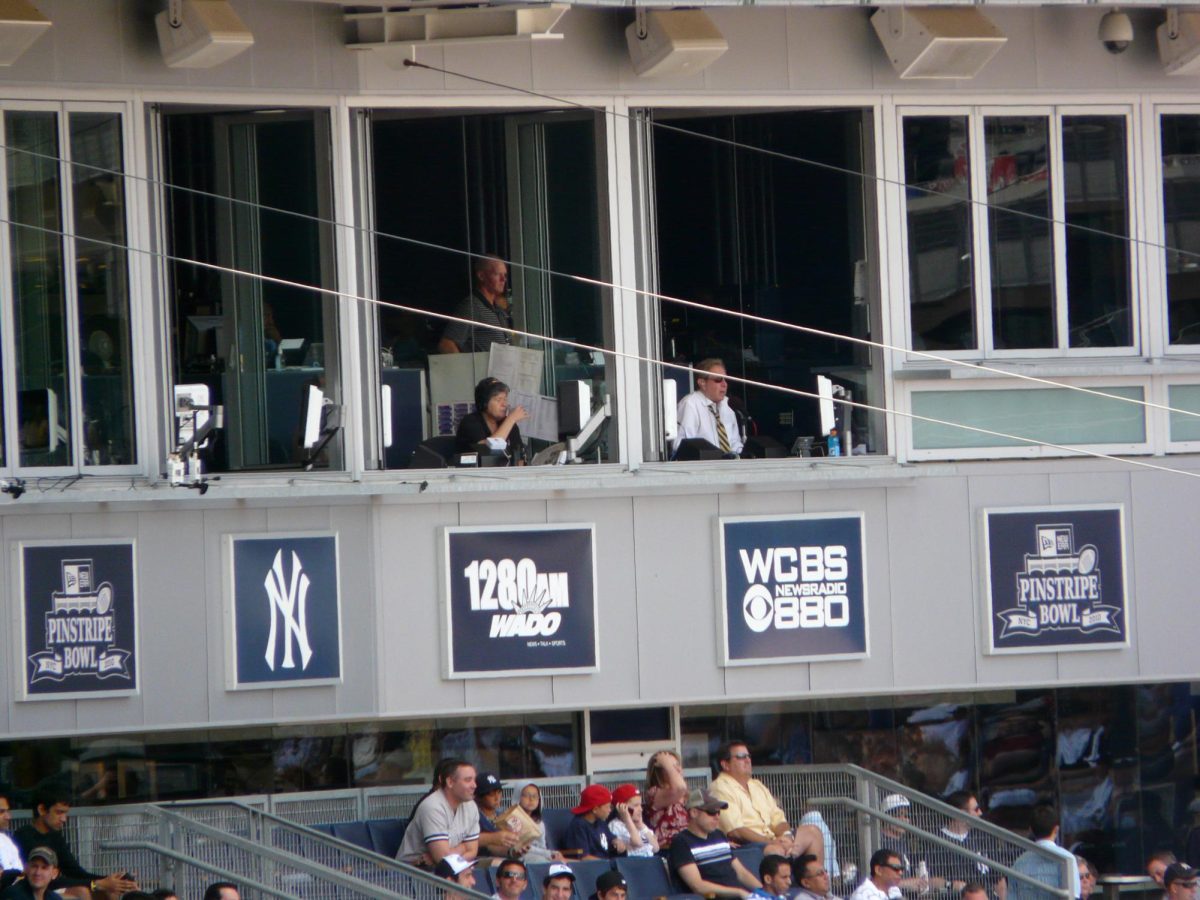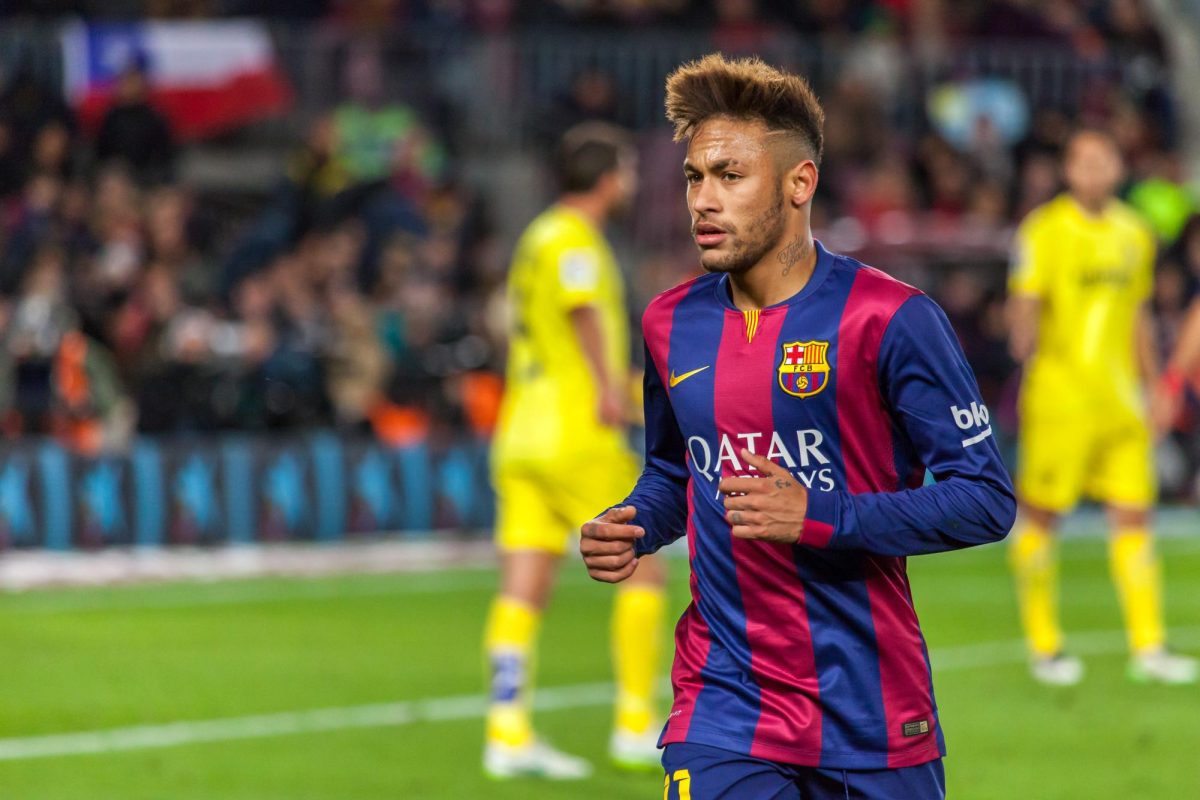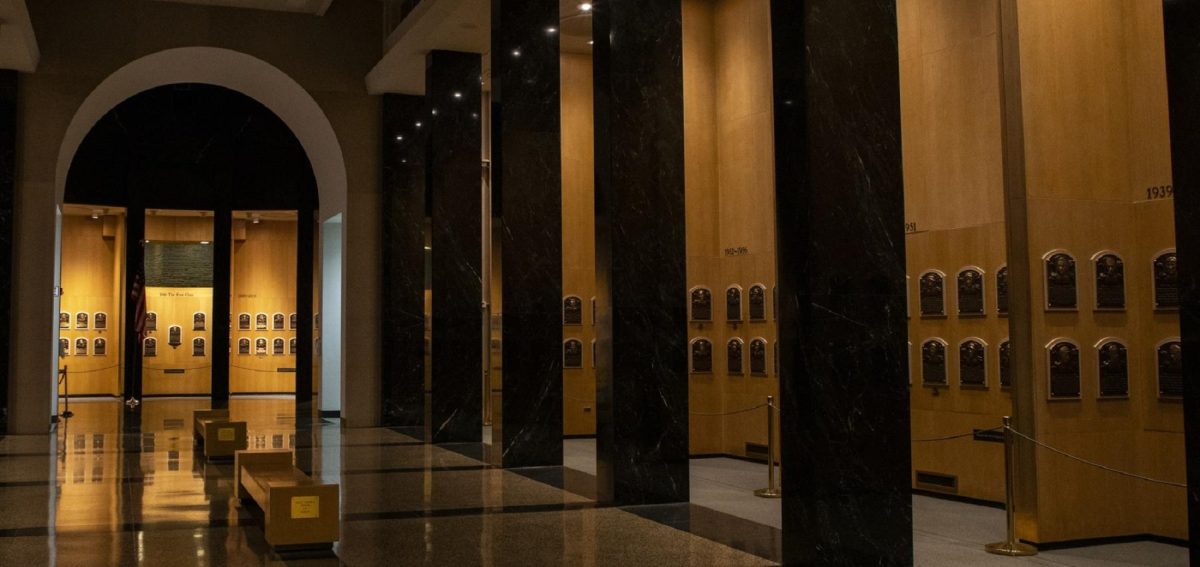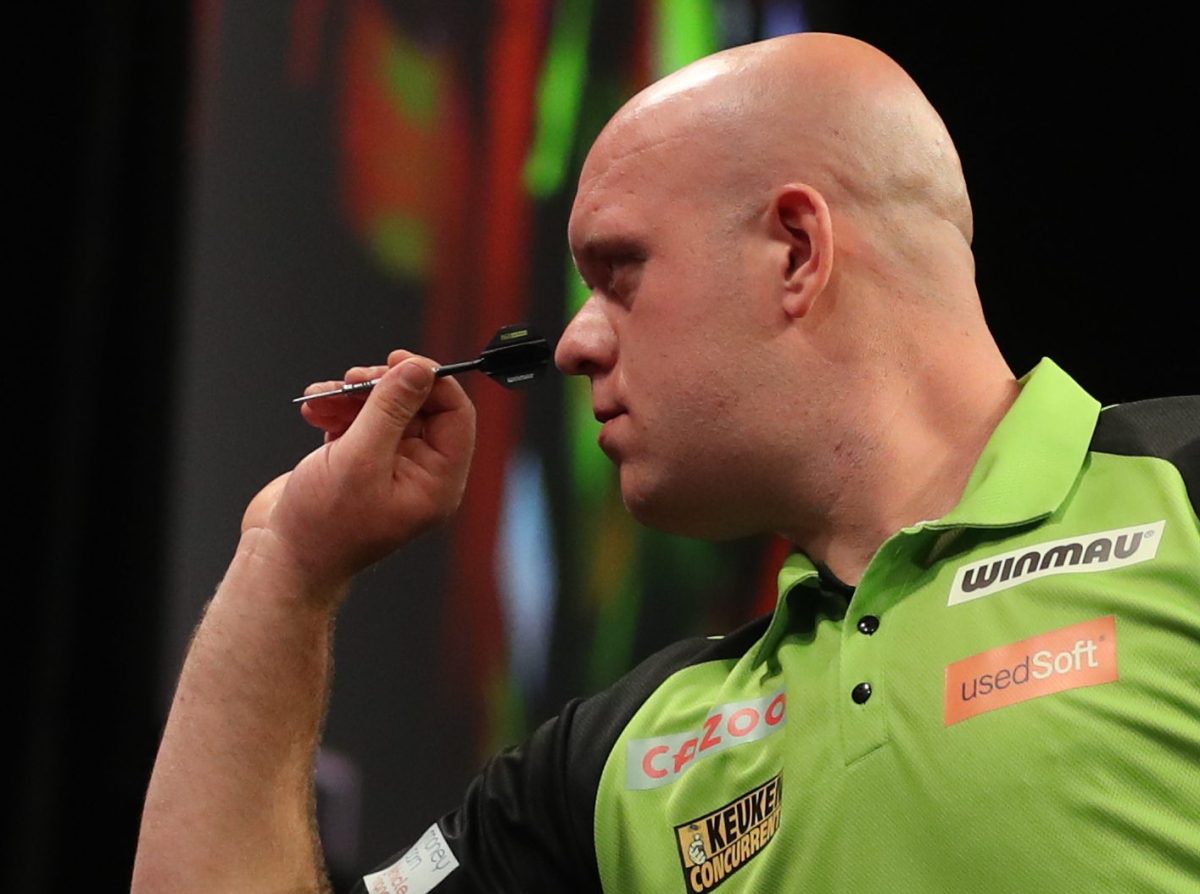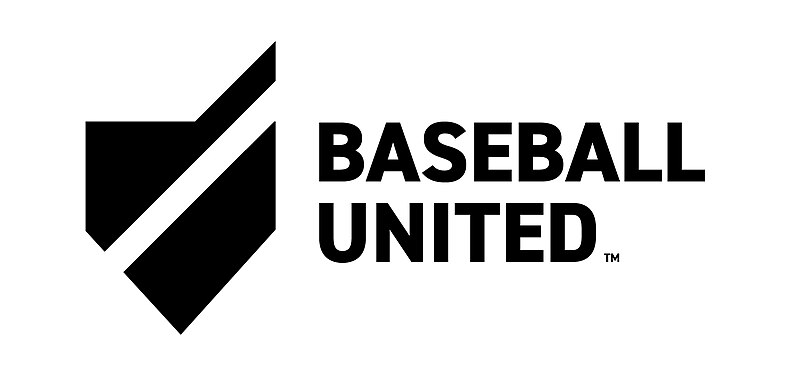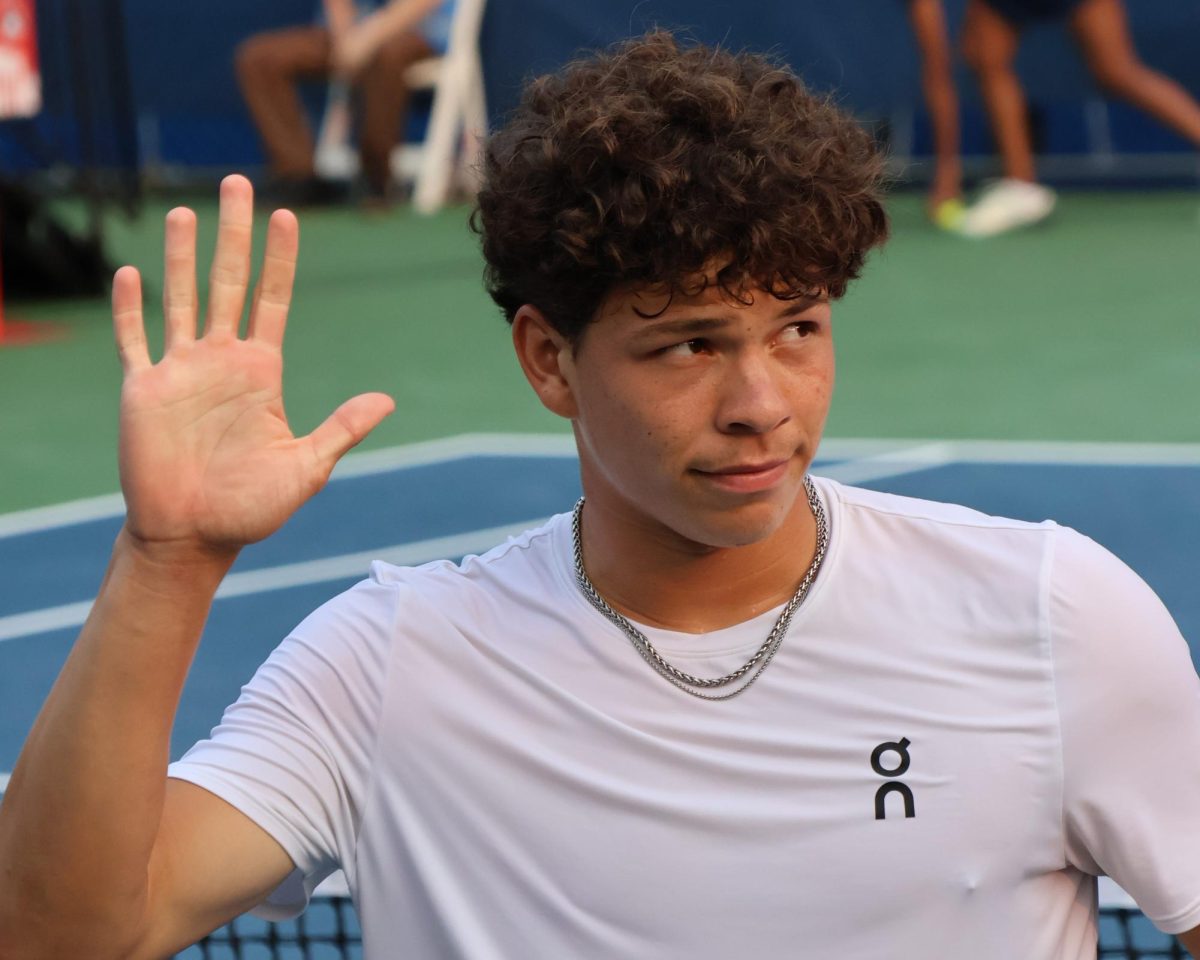In 1912, a young man named Omar Bradley played on the same football team as another young man named Dwight Eisenhower at the U.S. Military Academy. Both were superb athletes, and both went on to become generals and American war heroes in World War II. Brad and Ike’s class at West Point graduated 59 cadets who went on to become generals. It was a distinguished group.
It was Eisenhower, however, who set himself apart from the rest with his superb leadership ability.
Eisenhower’s leadership was not built on rousing speeches, like Generals MacArthur and Patton. Instead, one of the many traits that made him so special was his organizational ability. He used a variety of mental tools to manage the vast military capabilities of the U.S., but a particularly notable one was his ability to make the distinction between the urgent and the important.
Successful sports franchises must distinguish between the urgent and the important and devote enough time and resources to the latter.
The urgent are the problems that are presented and require immediate solutions and attention. The important, by contrast, are those things that require long-term planning to create sustained excellence. They take much longer to come to fruition, and Eisenhower was known for spending large portions of his time dealing with the important. Of course, you can’t neglect the urgent, but in your solutions to the urgent, you have to make sure you are not deviating from the goals drawn up in the important.
Sports franchises that cannot make this distinction are not successful.
The Brooklyn Nets are a perfect example of the latter. Perhaps the most infamous trade in the history of the NBA was the 2013 Celtics-Nets trade. The Nets traded Gerald Wallace, Kris Humphries, MarShon Brooks, , Keith Bogans and three first-round picks for Kevin Garnett, Paul Pierce, Jason Terry and D.J. White.
Now we might be tempted to say that this trade was just bad judgment on the Nets’ part. They gave up the farm for three former greats in their late 30s and White, who has never been any good. They also took on a lot of salary money by paying these aging stars. But what caused the Nets to make such an abysmal decision?
The Nets failed to stick to what was important, getting wrapped up in the urgency of the “win now” mentality. Brooklyn already had Joe Johnson, Deron Williams and Brook Lopez. By picking up Garnett, Pierce and Terry, the Nets figured they had the pieces to make a championship run that year. Instead, the team failed to develop chemistry and defensive intensity – Deron Williams suddenly played poorly, and everything spiraled downward. If the Nets had taken into account the difference between the urgent and the important, the reigning worst team in the NBA might not be so awful.
The St. Louis Cardinals, on the other hand, are the epitome of an organization that identified the important and tended to it. The baseball club has been on a sustained streak of excellence. Since 2000, the Cardinals have only finished the season below .500 once, in 2007.
For a while, the wins that St. Louis racked up seemed attributable to the stardom of Chris Carpenter and Albert Pujols. But when Carpenter passed his prime and Pujols headed to Anaheim in 2012, the Cardinals continued to perform, reaching the National League Championship Series the very next year.
The Cardinals continue their success because they have consistently developed the talent of young players, and then called them up during the middle of the season. Often, the young call ups and acquisitions struggle at first, but by August they begin to really click. Paul DeJong, for example, was called up in the middle of the 2017 season as an extra infielder but played himself into an indispensable role for the club during its chase for the postseason.
As the season winds down and a lot of teams begin to buckle under the grueling length of summer, the Cardinals typically make a late playoff push. They usually ride this momentum into the playoffs and do quite well. All of this is possible for St. Louis because it has identified a strategy to produce high-quality players that aren’t necessarily stars, which has allowed them to churn out wins.
Eisenhower’s distinction between urgent and important is defined as a difference between long-term and short-term approaches. This definition works, but it does not tell the whole story.
The urgent and the important are more about a reactive versus proactive approach. A change in circumstances does not dictate drastic changes in the important. When we apply this to the Brooklyn Nets and the St. Louis Cardinals, it is clear that the Cardinals have acted proactively, while the Nets have acted reactively. The results speak for themselves.
Hugh Ramlow is a junior in the College. “THE ZONE” appears every other Friday.









